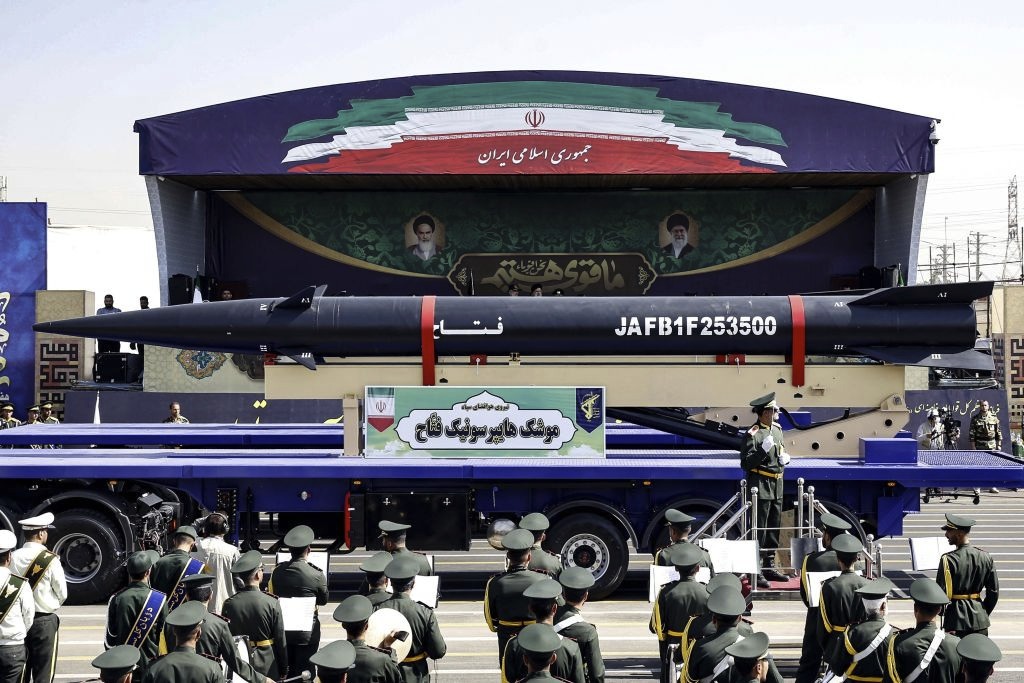Radicalism, not sectarianism, is the threat in Yemen
Manuel Almeida/Al Arabiya
Thursday, 9 April 2015
The message that the Yemeni conflict has little to do with the kind of sectarian violence that plagues Iraq and Syria has been circulating with increasing intensity in mainstream and social media. In many ways, the message is correct. Instead, it is radicalism that threatens to disintegrate Yemen.
Sectarian violence has been largely absent from the country throughout its history. The roots of the current conflict, essentially a struggle for power, lie in years of misgovernment, corruption and marginalization of various groups.
Although the alliance between former President Ali Abdullah Saleh and the Houthi militias’ leadership is one between the Shiite Zaidi sect, it is defined by both sides’ opportunism and not by religious proximity or a determination to fight Sunnis from the Shafi school of thought.
A good example is that the Ahmars, the Zaidi family who headed the powerful Hashid tribal confederation and the Muslim Brotherhood-oriented Yemeni Congregation for Reform (or al-Islah), became one of their common enemies.
The same goes for the Saudi government’s concerns regarding Yemen. Historically, Saudi Arabia has not looked at Yemen through a sectarian prism. Whenever things got more complicated south of the border, the Saudis have sided with those who could offer a working relationship and minimum guarantees of security and stability.
Historically, Saudi Arabia has not looked at Yemen through a sectarian prism
This is what happened in the 1960s when the Saudis backed the royalist forces after the coup against the last Zaidi Imam Muhammad al-Badr, facing the republicans who received massive military support from the Egyptian forces of Gamal Abdel Nasser.
National security
And today, it is not sectarianism that drives the Saudis and the other Gulf states participating in operation Decisive Storm against Houthi military positions and arms and missile depots. Especially for the Saudis, this is as much about responding to the request for assistance from Abdrabbu Mansour Hadi’s government as it is about their own national security.
All those journalists and experts who reject the sectarian dimension of this conflict point out that Zaidism is doctrinally or theologically closer to Sunnism than it is to Twelver Shiism dominant in Iran. They are right, but they miss a few important details: there are various Zaidi schools and the one the Houthi leadership follows is much closer to Twelver Shiism.
Yet the big problem is not so much the feverous religious beliefs of Houthi leadership but their determination, clearly inspired in Iran and instrumentally explored by radical factions in Tehran, to press forward their own armed insurrection regardless of the consequences.
Since Houthi overthrew Hadi and his government, posters of the movement’s leaders side by side with Iran’s Supreme Leader Ayatollah Khamenei and Hezbollah’s Hassan Nasrallah became a common sight in Sanaa. Posters of the Houthi chief Abdul Malik al-Houthi with the motto “The revolution continues” have also been sighted in Tehran.
Nevertheless, the Saudi concerns are not primarily about the ideological affinity between the Houthis and Iran. Instead, they are grounded on a very real threat that derives from that relationship.
Earlier this week, I had the chance to sit with Saudi Brig. Gen. Ahmed Asiri, the spokesman of the Saudi-led coalition forces. He confirmed the existence of video and photo evidence of Houthi attempts to build missile sites close to the Saudi border, with the help of “foreign consultants.”
Asiri said that the military support from Iran and Lebanon’s Hezbollah came in the form of conventional weapons, missiles and communication systems, as well as training that took place in northern Yemen. This support has been going on for years, probably since the first of six wars between Houthi and the forces loyal to Saleh began in 2004.
He also ironized about the memorandum of understanding that the Houthis recently signed with Tehran regarding 14 to 28 weekly flights to be operated between Sanaa and the Iranian capital, asking whether people expected these flights would carry tourists. Asiri expressed his surprise about the skepticism revealed by other countries regarding the news of the unloading of tons of weapons and military equipment from Iranian ships, which happened last month in the port of al-Saleef on Yemen’s West coast.
The increasing radicalism and violence of the Houthi campaign, which worsened as its militias pressed south, should worry the international community. The movement has rejected numerous approaches for dialogue while torturing people, killing unarmed demonstrators and intentionally hitting civilian areas in Aden with heavy weapons.
It is tempting to believe the argument put forward by many U.S. regional experts that a nuclear deal with Iran could have a positive impact in easing tensions and addressing the various regional crises. It is also tempting to trust it would empower moderate factions in Tehran, more willing to respect the sovereignty of regional states and stop exporting its revolution. But will then be too late for an all-inclusive political solution in Yemen?
On a recent trip, a Yemeni contact told me about his efforts to convince one of his family members (like him, a Zaidi), not to the join the Houthis. Those attempts, based on the argument that their radicalism has little positives to offer, were fruitless. In his response before the Saudi-led military operation began, one of his family members boasted about the Houthi’s presence in Aden and said the movement would soon reach Riyadh.






















